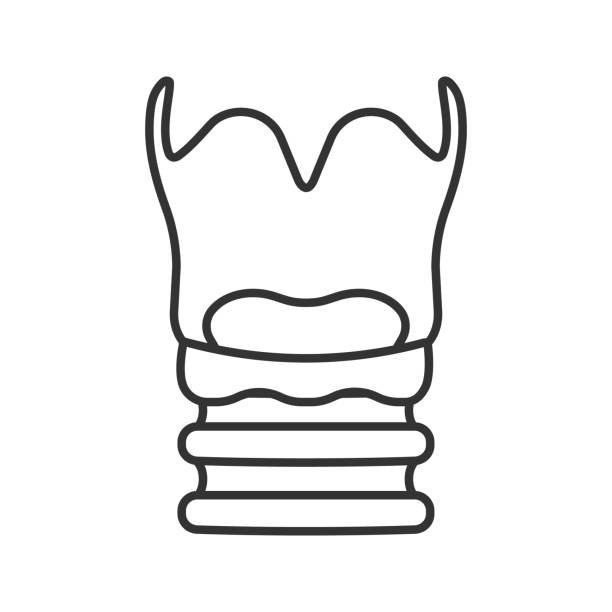
Vocal Cord Paralysis
Vocal cord paralysis occurs when one or both vocal cords do not move properly. Vocal cord paralysis affects a child’s ability to breathe, speak and swallow. In children, this condition can be congenital (present at birth) or acquired due to birth trauma, infections, neurological conditions, or after surgery in the neck or chest. The condition may involve one vocal cord (unilateral) or both (bilateral), with symptoms and severity varying depending on which is affected.
Signs and symptoms of vocal cord paralysis depend on whether one or both cords are involved. Children with unilateral paralysis often have a weak or breathy cry, hoarseness or difficulty swallowing liquids. They may also experience chronic coughing or aspiration where food or liquid enters the airway. Bilateral vocal cord paralysis can be more serious and may present with noisy breathing (stridor), difficulty breathing or respiratory distress, In some cases, bilateral paralysis can be life-threatening and may require immediate intervention to manage the airway.
The workup for vocal cord paralysis by our specialists at ENT for Kids includes a detailed medical history and physical exam, often followed by a flexible laryngoscopy. This is an in-office procedure where our physicians use a small flexible camera through the nose to view the vocal cords move. Further imaging such as MRI scans may be recommended to check for underlying causes, especially if a nerve injury or brain-related issue is suspected. Imaging to assess swallowing may also be needed to assess the risk of aspiration and feeding difficulties.
Management of vocal cord paralysis is tailored to the severity and underlying cause. For unilateral paralysis, many children improve over time if the nerve is expected to recover. Speech and swallowing therapy with a specialist can help improve voice and feeding skills. In persistent cases, surgical options such as vocal cord medialization or nerve grafting surgery may be considered to improve voice and reduce aspiration. Bilateral vocal cord paralysis often requires more urgent management, which may include tracheostomy to secure the airway or surgical procedures to widen the airway while preserving voice as much as possible.
Our physicians at ENT for Kids play a central role in diagnosing and managing vocal cord paralysis. They work closely with speech-language pathologists, pulmonologists and other pediatric specialists to provide a comprehensive care plan. With early diagnosis and appropriate treatment, many children with vocal cord paralysis can go on to develop normal or near-normal speech and safe feeding habits.
If your child has been diagnosed with vocal cord paralysis, please reach out to us to arrange a consultation.